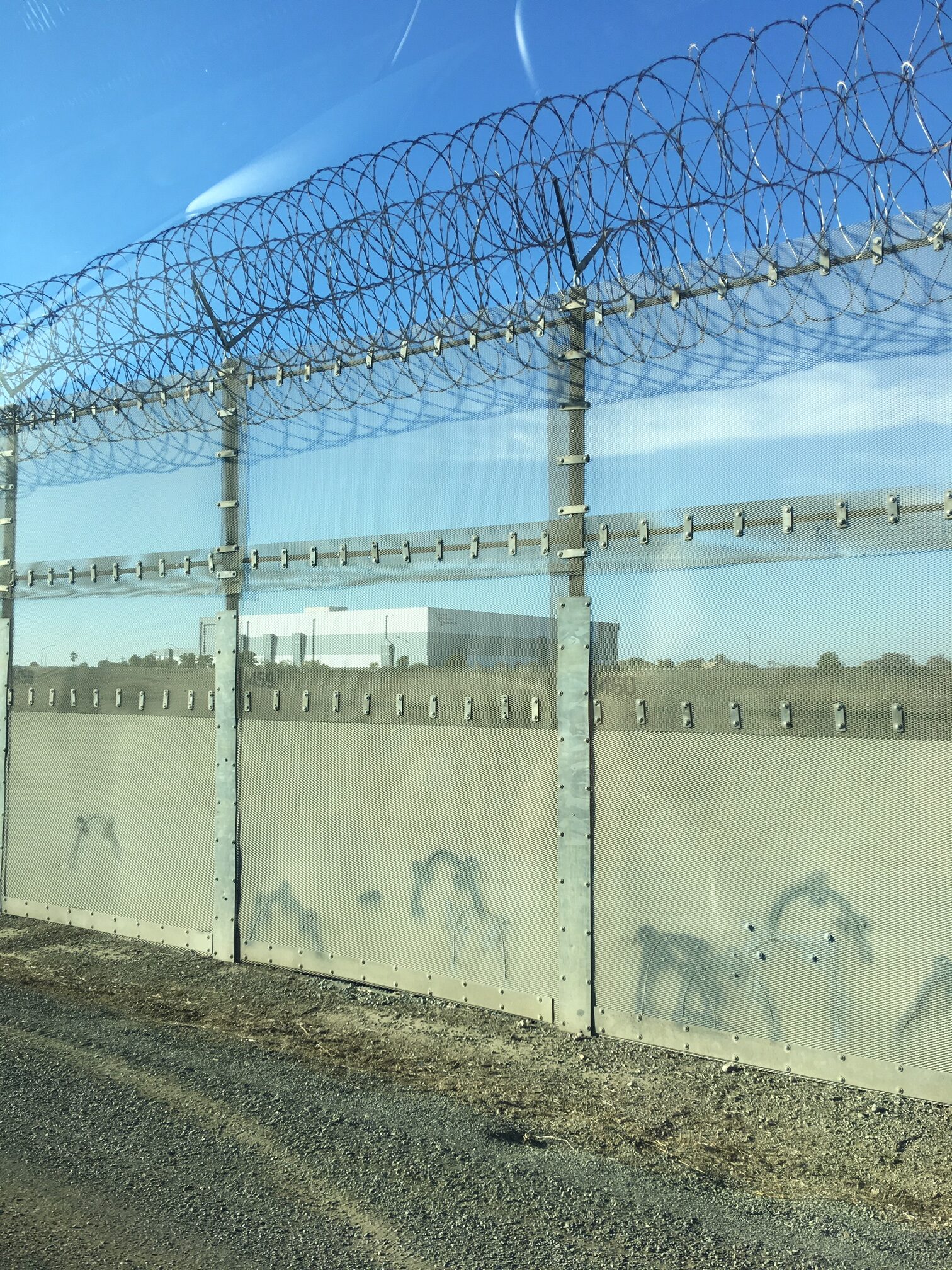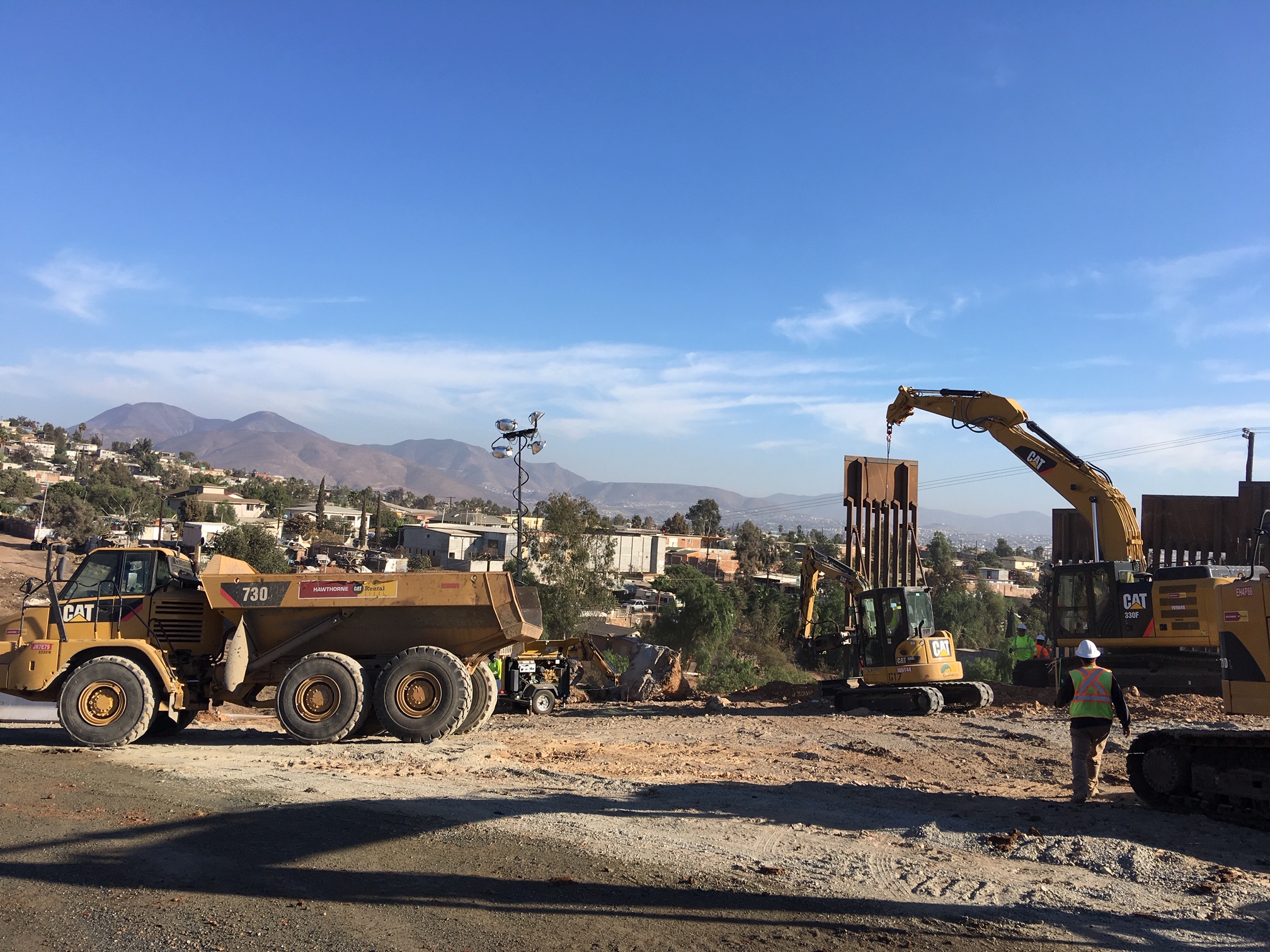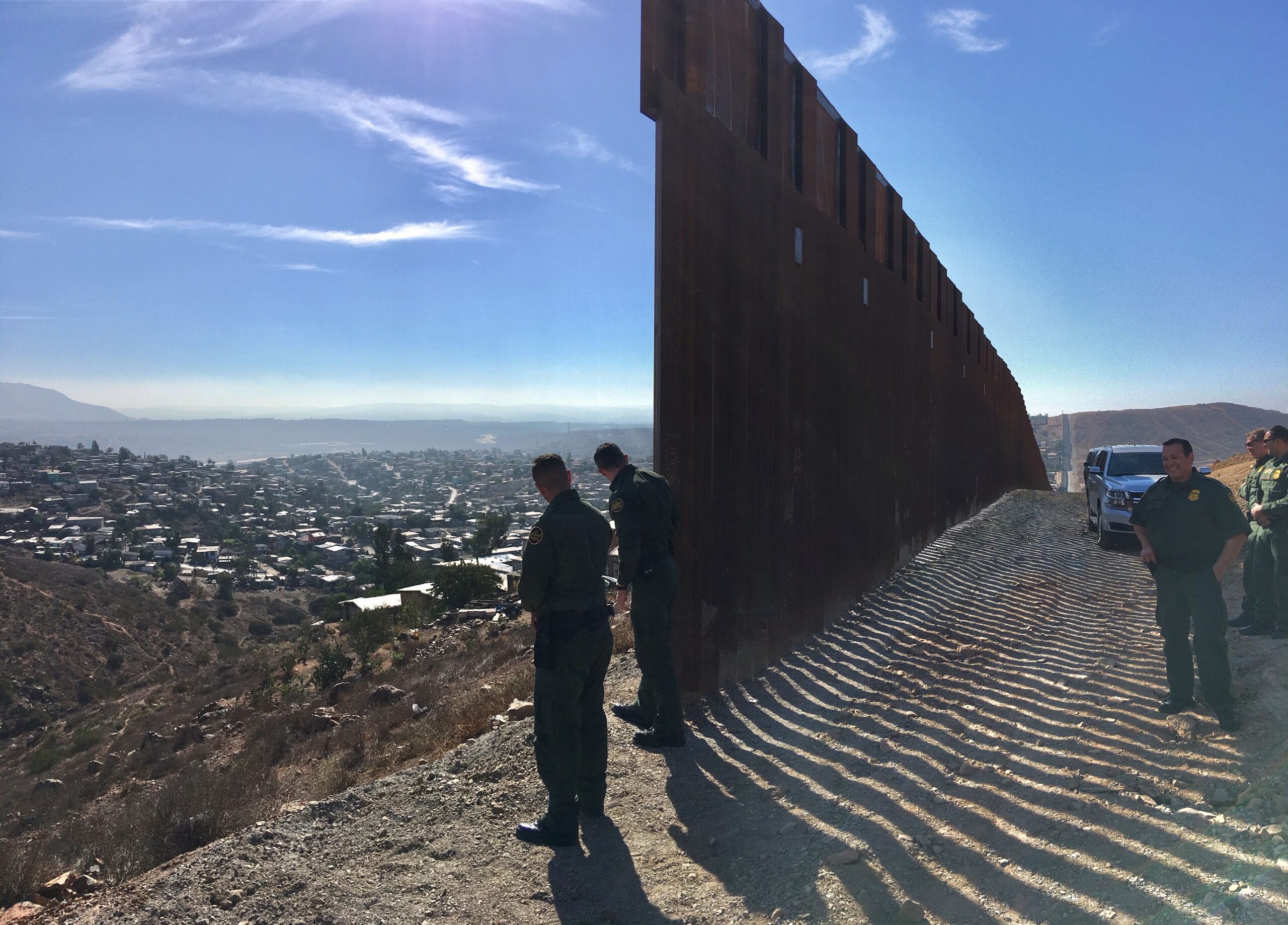SAN DIEGO — Mexican nationals and other foreign smugglers over the last three years have cut more than 1,700 body-size holes in 13 miles of fencing at the border between Tijuana, Mexico and San Diego, Calif.
During a tour of the border’s 14 miles between Imperial Beach on the Pacific Ocean and the mountains out past the Otay Mesa port of entry, Border Patrol spokesman Vincent Pirro pointed out hundreds of breaches in the fence.
The cuts varied from upside-down U-shapes big enough for a person to jump through, to entire square portions cut out of the fence. All of the holes had been repaired by agents shortly after they were found, but doing so took them away from other duties at a time when smugglers were intent on finding a way in, Pirro said.
“They can cut the secondary wall in about 40 seconds,” Pirro said. “When we just had the landing mat wall, smugglers would jump right over it, run across and cut the secondary wall. Then they’d go right back [to Mexico] waiting to see if Border Patrol spotted them.”

Pirro said fence cutters are most active in the early morning because of the heavy fog that blankets San Diego until noon.
The San Diego Sector is unique as a southwest border sector in that it has had a double wall for two decades, but it has still seen active smuggling efforts and increased illegal immigration in recent years. Despite the double wall, bad actors were easily getting over or through both of them, prompting the sector to step up its infrastructure.
The primary barrier, which is located closest to Mexico, was installed in 1991. It consists of thousands of eight- to 10-foot-tall corrugated steel “landing mats.” The mats were surplus material from the Vietnam War that had been meant to serve as helicopter landing pads in rice paddies.
Although the mats are short compared to the 30-foot-tall wall prototypes, they were once welcomed by the sector’s agents who in the early 1990s were making more apprehensions of illegal entrants in their 60-mile stretch of the border than all apprehensions seen across the border last year.
Prior to 1991, barbed wire fencing was all there was to stop people from entering the country outside of a port, and it wasn’t installed continuously across the border.
In 1997, San Diego moved to begin installing a secondary wall.
The space between the two walls is no more than 100 feet and serves as an “enforcement zone” that traps attempted illegal entrants and let agents to apprehend them more easily.
Because people could easily break past the barbed wire and its successor, the landing mats, the metal wall served as Border Patrol’s last line of defense, and it was barely holding the line.
In 2016, San Diego learned it would receive federal funding to replace the landing mats with bollard fencing. This type of barrier consists of vertical steel posts that have been planted in the ground.

Up and down the 14 miles of primary fencing Pirro drove by, contracted construction workers were installing 18-foot-tall bollard fencing. The top few feet of the barrier features “anti-climb” plates.
The majority of the new bollard primary fencing has been erected and will help the patrol cut down on time spent repairing the secondary metal fence because of how much more difficult it makes breaching that first fence. Eventually, the secondary fence will be replaced as well.
The new primary wall runs one mile longer than the secondary one. It ends at the top of a canyon in the mountains just east of Otay Mesa where the likelihood of illegal traffic is significantly lower than the other 14 miles it runs through.


